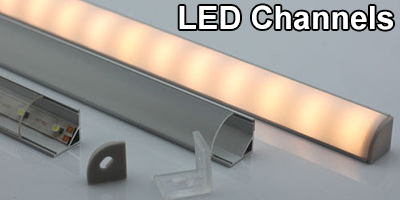I've been off of commercial pre-charged batteries whenever possible with the exception of AA and AAA batteries. I found that 1.25 volt cells do not work in a number of small devices I have (pulse oximeter, label maker, toothbrush etc.) and I've wanted to get re-chargeable substitutes since forever.
Recently I tried buying eight EBL AAA "1.5" volt rechargeable batteries off Ebay and they were too weird to be of use. They "charged" to 4.6 volts, and afterward read less than 1 volt in my DMM and failed to work.
So I'm on the hunt for a brand that can actually replace the reliable "copper top" batteries I now am forced to use. Has anyone here found anything that works?
Recently I tried buying eight EBL AAA "1.5" volt rechargeable batteries off Ebay and they were too weird to be of use. They "charged" to 4.6 volts, and afterward read less than 1 volt in my DMM and failed to work.
So I'm on the hunt for a brand that can actually replace the reliable "copper top" batteries I now am forced to use. Has anyone here found anything that works?

